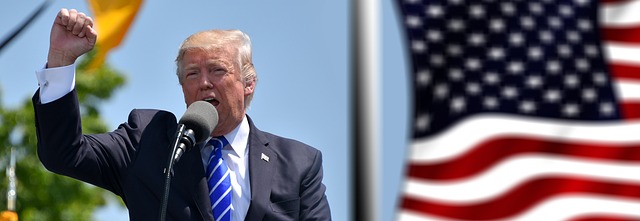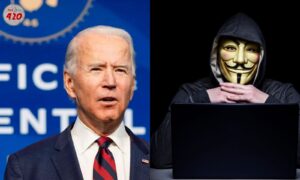
During a campaign rally in Georgia, former President Donald Trump outlined a key part of his 2024 presidential platform: bringing back U.S. jobs by relocating entire industries from overseas back to the United States. In his speech, Trump emphasized that if elected, he would prioritize economic policies that focus on reviving domestic manufacturing, reducing reliance on foreign countries, and creating high-paying jobs for American workers. This proposal is a continuation of the economic nationalism that defined his presidency, aiming to restore American manufacturing to its former prominence.
Reviving U.S. Manufacturing
Trump’s plan centers around re-establishing America as a manufacturing powerhouse by encouraging companies that have outsourced production to other countries to return to the U.S. He criticized past policies that incentivized businesses to move operations overseas in search of cheaper labor, particularly in China and Mexico. According to Trump, this outsourcing has not only harmed the American economy but also weakened national security by making the country dependent on foreign nations for essential goods.
He pledged to enact tariffs and other financial penalties on companies that continue to outsource jobs, while offering tax incentives and subsidies to those willing to bring their operations back to American soil. This “America First” approach was a cornerstone of his 2016 campaign and presidency, during which Trump implemented tariffs on Chinese goods and renegotiated trade deals like the U.S.-Mexico-Canada Agreement (USMCA).
Job Creation and Economic Impact
The key appeal of Trump’s plan lies in its promise to create millions of well-paying jobs for American workers. By relocating industries such as manufacturing, technology, and pharmaceuticals back to the U.S., Trump claims he can rebuild the middle class and reduce unemployment. He specifically targeted Rust Belt states and areas that have been hit hardest by job losses in manufacturing sectors over the past few decades, promising to revitalize these communities.
Trump also pointed to sectors like energy and infrastructure as areas where job growth could be substantial. He vowed to increase domestic energy production and invest in infrastructure projects that would create thousands of construction and engineering jobs. These promises echo similar pledges from his first term, where he sought to reinvigorate the coal and oil industries, among others.
Political and Economic Challenges
While Trump’s proposal to bring back jobs has strong appeal to many voters, particularly in states that have seen a decline in manufacturing, it faces significant challenges. Critics argue that bringing entire industries back to the U.S. may result in higher production costs, which could lead to increased prices for consumers. Additionally, they question whether businesses would be willing to return to the U.S. without significant government intervention or incentives, given the cost advantages of operating in countries with lower wages.
Economists have also pointed out that automation and technological advancements have reduced the number of jobs in manufacturing, regardless of where production takes place. This means that even if companies bring back factories to the U.S., the number of jobs created may be fewer than anticipated.
Conclusion
Former President Donald Trump’s promise to bring back U.S. jobs is a centerpiece of his 2024 campaign, resonating with voters who feel left behind by globalization and offshoring. By focusing on economic nationalism and reviving American manufacturing, Trump hopes to draw support from key working-class constituencies. However, the feasibility of relocating entire industries back to the U.S. remains a subject of debate, with both political and economic challenges standing in the way.
For more updates on Trump’s 2024 campaign and his economic policies, stay tuned to our political coverage.
image source – https://www.pixabay.com


